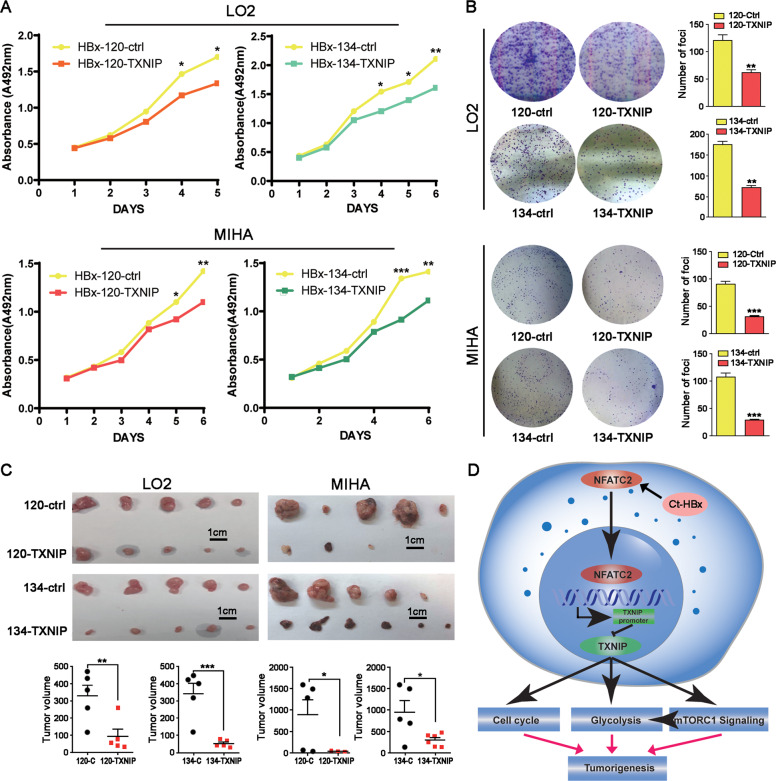Fig. 7. Re-introduction of TXNIP significantly caused tumor growth arrest in vitro and in vivo.
A The cell proliferation ability of Ct-HBx was eliminated by the introduction of TXNIP in both MIHA and LO2 cells as indicated by XTT assay. B Overexpression of TXNIP abrogated the increased colony formation rate and size induced by Ct-HBx in both MIHA and LO2 cells. C Re-introduction of TXNIP induced the tumor growth arrest after subcutaneous injection of both LO2 and MIHA cells. D Schematic diagram demonstrating the oncogenic role and mechanism of Ct-HBx and TXNIP in HBV-related HCC. Basically, Ct-HBx downregulates the expression of TXNIP by transactivation through NFATC2. Downregulated TXNIP promotes hepatocarcinogenesis by inducing metabolic reprogramming to aerobic glycolysis in a mTORC1-dependent and independent manner.

